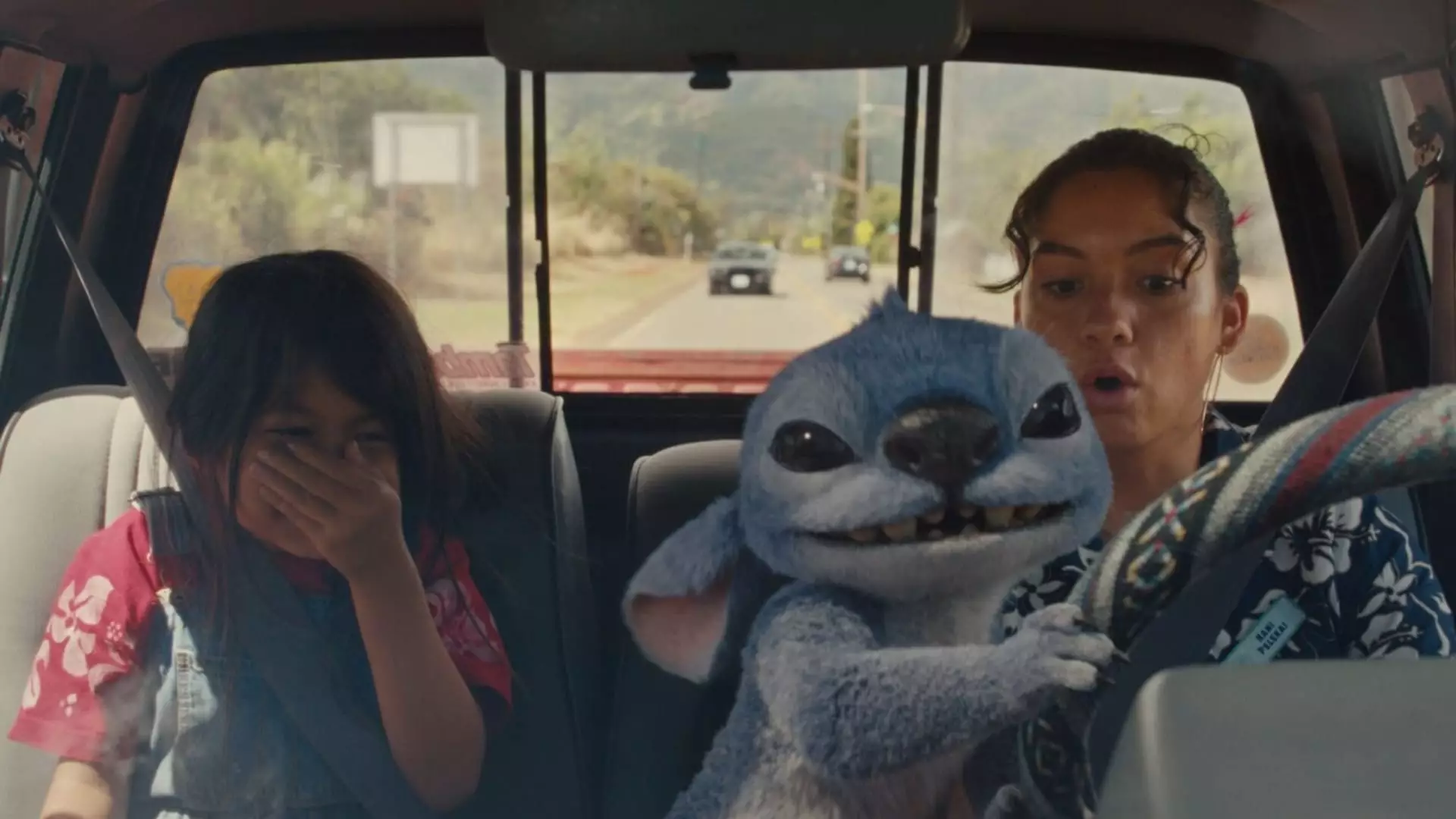The cinematic landscape is, surprisingly, experiencing a resurgence that many thought was relegated to the past. Following a staggering Memorial Day weekend, which set records at the domestic box office, shares of major movie theater chains have surged. Over the course of just one weekend, AMC’s stock soared more than 20%, alongside significant rises from Marcus Corporation and Cinemark. This trend is not merely a fleeting moment of success; it signals a potentially transformative shift in public perception towards moviegoing.
The weekend’s triumph, boasting an impressive $326 million haul, far exceeds the merely $132 million from the same time last year—a striking demonstration of a rekindled audience interest. It is imperative to analyze what sparked such a pronounced change and, more importantly, what it suggests for the broader entertainment industry and the future of movie theaters.
Exciting Titles and Audience Engagement
The recent box office vigor can largely be attributed to the simultaneous releases of Disney’s much-anticipated live-action edition of “Lilo & Stitch” and Paramount’s adrenaline-pumping “Mission Impossible – The Final Reckoning.” These blockbuster titles attracted a diverse audience, providing escapism and entertainment that many appear to have longed for amid the challenges of the past few years. The combination of new, sought-after content and successful holdover films like “Thunderbolts” and “Final Destination Bloodlines” created a thriving atmosphere in cinemas.
As Shawn Robbins from Fandango noted, timing was key. When films—particularly those with substantial backing and positive critical reception—are released together, the audience engagement multiplies, resulting in greater ticket sales. Cinema goers have shown that they are eager to return, bolstered by both nostalgia and the thrill of new narratives. The simultaneous release of such varied films offered viewers options, highlighting how strategic planning can significantly impact industry outcomes.
The Strategy Behind the Numbers
Visible success, however, does not come from chance. Chad Paris from Marcus Corporation highlighted that this weekend marked a significant milestone due to the abundance of content available. By providing a comprehensive lineup, theaters have managed to capture a wider audience. The notion of a “fulsome amount of product” resonates deeply: it’s more than just numbers; it’s indicative of an industry that understands how to meet audience demands in times of change.
Remarkably, this surge isn’t restricted to ticket sales alone. Concessions have entered the arena as well, with record-breaking food and beverage sales underscoring the cinema experience’s holistic nature. Adam Aron, AMC’s CEO, opined that the industry has “turned a corner.” This perspective is crucial; it suggests a long-awaited rekindling of faith in the cultural and social relevance of cinemas in our society.
Broader Implications for Cinema and Society
The past few years have been tumultuous for the entertainment industry, with technological advancements in streaming leading many to question the viability of traditional theaters. However, the success of this Memorial Day weekend serves as an optimistic reminder of tangible community experiences that digital platforms cannot fully replicate. The shared experience of laughter, suspense, and thrill within a cinema holds a unique value, one that is cherished collectively.
What remains to be seen now is whether this momentum can be sustained throughout the summer and beyond. Each upcoming release becomes part of a larger narrative that not only determines the fortunes of these corporations but also reflects changing cultural norms regarding film consumption and community engagement.
Returning to theaters represents a significant victory over the isolation fostered by the pandemic; it is a resurgence that speaks to our innate desire for connection. If the momentum of this weekend serves as an indicator, we may find ourselves at the precipice of a new era for cinema—a renaissance that fosters community and embraces innovation while honoring tradition.
Ultimately, this isn’t just a win for the box office; it signifies an enduring human craving for storytelling, shared through the timeless medium of film. The challenge ahead lies in how well the industry can maintain relevance amidst a climate marked by rapid technological evolution.

